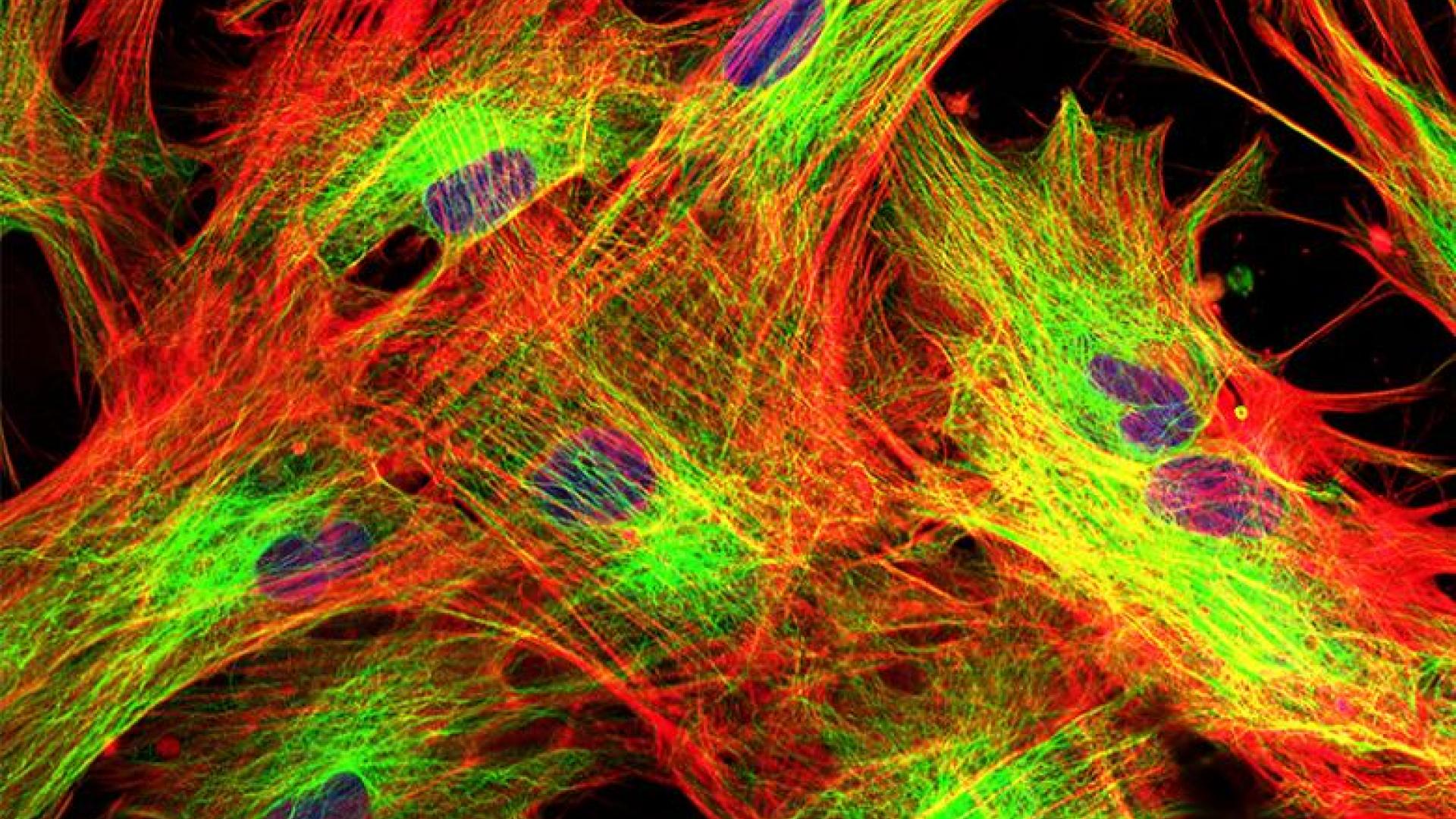
Learn how age, family history, ethnicity, gender and eye anatomy are related to the risk of developing primary angle-closure glaucoma.
Primary angle-closure glaucoma describes a condition in which the drainage angle of the eye is closed, rather than open. In addition, there is elevated eye pressure and evidence of optic nerve damage.
The eye’s “angle” can be thought of as the angle between the iris and the cornea and is present 360 degrees around the circumference of the eye, although that is an oversimplification. Nevertheless, in the angle one finds the drainage system of the eye, called the trabecular meshwork.
The video below provides a very good representation of the eye’s “angle.”
Video Showing the Eye’s Drainage Angle
Let’s look at the risk factors for this eye condition:
Family History
If you have a family history of angle closure, you are at increased risk of angle closure yourself. Often, family members are unclear as to the type of glaucoma others in the family have. One clue is that if they have had a laser iridotomy, or a small hole placed in the iris using a laser, then they likely were at risk for angle closure glaucoma.
Age
The risk for angle-closure glaucoma increases as we age. This may be related to several factors, such as the fact that as we get older, our lens thickens. As the lens thickens and forms cataract, the drainage angle further narrows.
Gender
Female gender is also a risk factor for primary angle closure glaucoma.
Ethnicity
Finally, it is known that several ethnic groups are at increased risk, including those of Chinese, Vietnamese, Pakistani, or Inuit descent.
Anatomy
Additional risk factors for primary angle-closure and primary angle-closure glaucoma are related to the eye’s anatomy. For example, if you are farsighted, often the eye is shorter than average. In a shorter eye, the front of the eye is more “crowded,” and the drainage angle can be narrow. A thick lens, as described above, also narrows the angle because it takes up extra space. Sometimes it is an imbalance in the size of the eye and the lens. For example, a relatively large lens in a relatively short (or small) eye increases the risk of angle closure. Other eye features such as the steepness of corneal curvature are also risk factors. Finally, some people have an anatomical variation called “plateau iris,” which is a risk factor for angle-closure glaucoma. In plateau iris configuration, the iris is oriented in such a way that it looks like a “plateau” and also causes the angle to be more narrow.
Summary
A large amount of research continues to be devoted to understanding angle-closure glaucoma, especially to answer the question of who is at most risk for developing primary angle-closure glaucoma and who is at increased risk of having an acute angle closure glaucoma attack. A discussion with your ophthalmologist will help you to decide what is the appropriate monitoring and/or treatment regimen for your eyes.
Primary Angle-Closure Glaucoma
Summary of Risk Factors
- Family History
- Age
- Gender
- Ethnicity
- Anatomy
About BrightFocus Foundation
BrightFocus Foundation is a premier global nonprofit funder of research to defeat Alzheimer’s, macular degeneration, and glaucoma. Since its inception more than 50 years ago, BrightFocus and its flagship research programs—Alzheimer’s Disease Research, Macular Degeneration Research, and National Glaucoma Research—has awarded more than $300 million in research grants to scientists around the world, catalyzing thousands of scientific breakthroughs, life-enhancing treatments, and diagnostic tools. We also share the latest research findings, expert information, and resources to empower the millions impacted by these devastating diseases. Learn more at brightfocus.org.
Disclaimer: The information provided here is a public service of BrightFocus Foundation and is not intended to constitute medical advice. Please consult your physician for personalized medical, dietary, and/or exercise advice. Any medications or supplements should only be taken under medical supervision. BrightFocus Foundation does not endorse any medical products or therapies.
- Risk Factors









